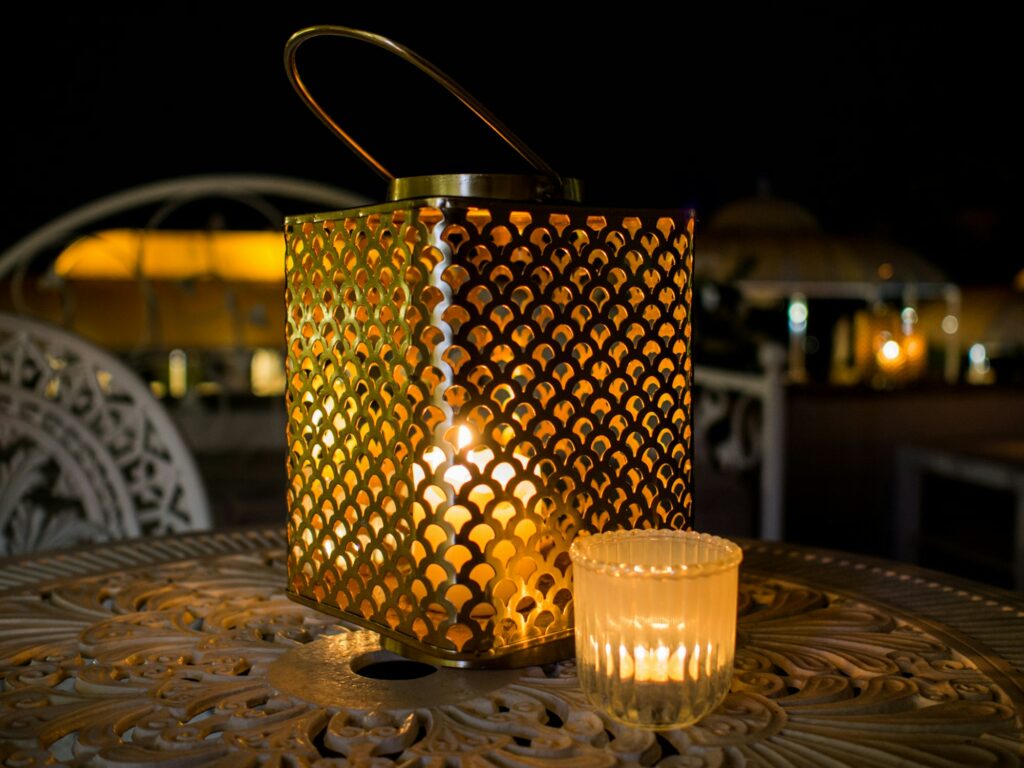
Creating a Comfortable Environment with Soft Lighting
Living with light sensitivity can be challenging, especially in a tech-driven world where screens and artificial lighting dominate. Creating a comfortable environment with soft lighting can significantly enhance the quality of life for those affected. By focusing on a few key strategies, it’s possible to reduce discomfort and create a soothing, productive space.
Understanding Light Sensitivity
Light sensitivity, or photophobia, can cause discomfort and pain in response to various light sources. This condition is often exacerbated by harsh artificial lights and prolonged exposure to screens emitting blue light. For individuals with light sensitivity, it’s crucial to create a living and working environment that minimizes these triggers.
Embracing Natural Light
One of the most effective ways to create a comfortable environment is to embrace natural light. Natural sunlight is softer and less likely to cause discomfort compared to artificial lighting. Positioning workspaces near windows, using light-filtering curtains, and incorporating reflective surfaces can help maximize the use of natural light. However, it’s important to control the intensity of sunlight, especially during peak hours, to avoid glare. Sheer curtains or blinds can diffuse direct sunlight, providing a gentle, ambient glow.
Choosing the Right Artificial Lighting
When natural light is insufficient, selecting the right artificial lighting becomes essential. LED lights with adjustable brightness and color temperature settings are a great option. These lights can be set to warmer tones, which are easier on the eyes and reduce blue light exposure. Smart lighting systems allow for customization, enabling users to adjust the lighting according to their needs and preferences throughout the day.
For those who spend significant time reading, eInk readers are an excellent alternative to traditional screens. They provide a paper-like reading experience without emitting blue light, making them ideal for light-sensitive individuals.
Implementing Task Lighting
Task lighting is crucial for specific activities such as reading, writing, or working on a computer. Instead of relying on overhead lights, which can be harsh, use desk lamps or floor lamps with adjustable brightness. Task lighting should be focused on the work area to reduce overall light exposure and prevent eye strain.
Reducing Blue Light Exposure
Blue light from screens is a significant concern for those with light sensitivity. Reducing exposure can be achieved by using blue light filters on devices, enabling night mode settings, or wearing blue light-blocking glasses. Additionally, taking regular breaks from screen time can help alleviate symptoms and reduce overall strain on the eyes.
Conclusion
Creating a comfortable environment with soft lighting involves a combination of embracing natural light, choosing appropriate artificial lighting, and reducing blue light exposure. By implementing these strategies, individuals with light sensitivity can enhance their quality of life, creating a soothing and productive space that caters to their unique needs. Embracing these changes not only promotes comfort but also supports overall well-being in a tech-centric world.